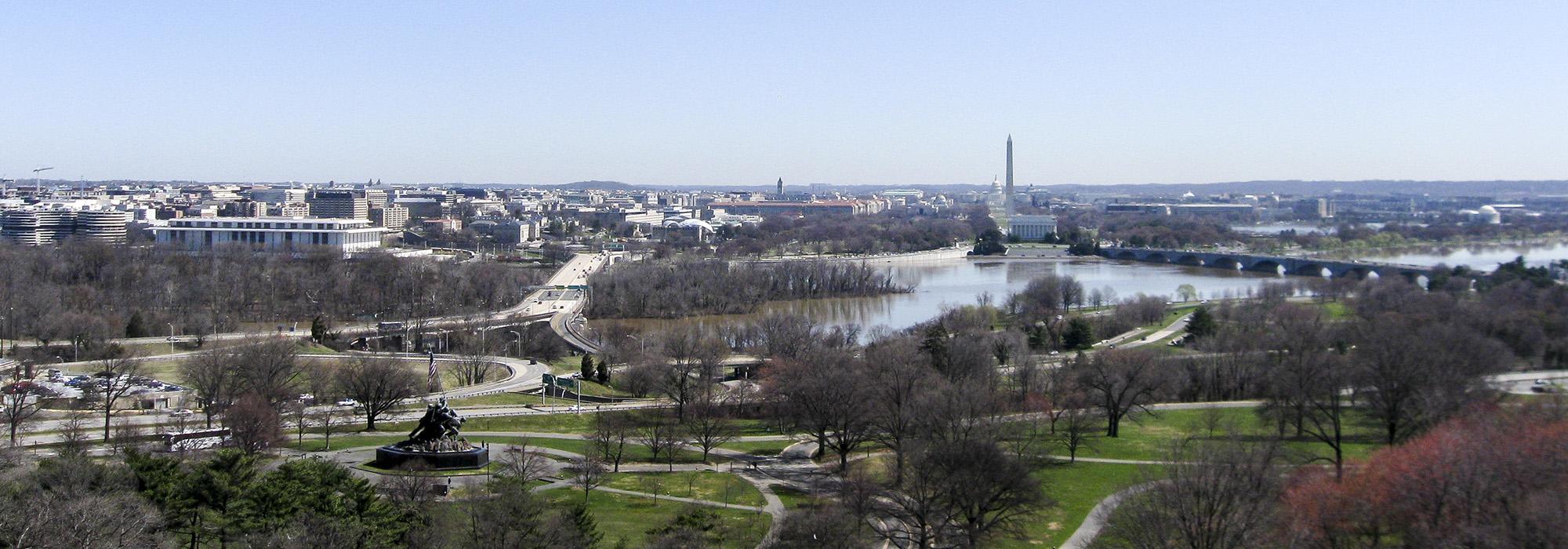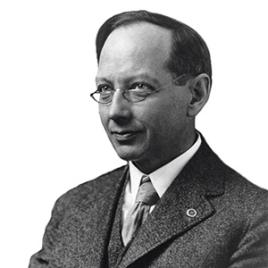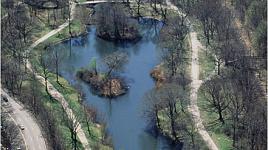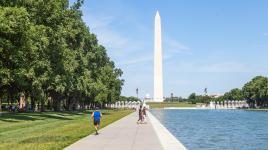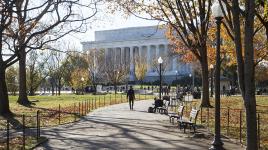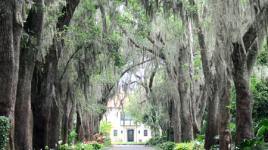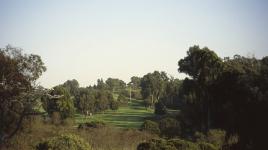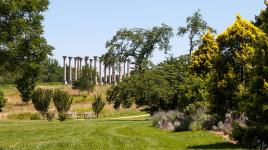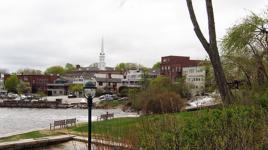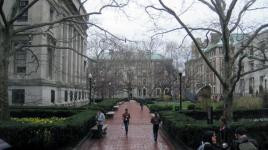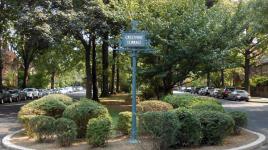Pioneer Information
Before joining his father’s firm in 1895, “Rick” Olmsted studied landscape architecture at Harvard, apprenticed in the office of Daniel Burnham in Chicago on the World’s Columbian Exposition, and worked on the 10,000-acre Biltmore estate in Asheville, North Carolina. He and his half-brother, John Charles Olmsted, successfully assumed the firm’s leadership in 1897. Conversant in the Picturesque style, he came of age in the Beaux-Arts era of formal estate gardens and City Beautiful urban planning and design. As members of the McMillan Commission, he and his design colleagues applied Beaux-Arts landscape design and city-planning theory toward a renewed vision for Washington, D.C. and the U.S. Capitol grounds. Olmsted taught both landscape architecture and city planning in Harvard’s emerging landscape architecture program. He was a founding member of the American Society of Landscape Architects and led the first National Conference on City Planning early in the development of the planning profession.
Olmsted prepared many comprehensive planning and civic design reports. He also planned and designed suburbs, such as Forest Hills Gardens, in Queens, New York; Mountain Lake Club in Lake Wales, Florida; and Palos Verdes Estates, south of Los Angeles, California. After John Charles died in 1920, Olmsted ran the firm until his retirement in 1949. He died in Malibu, California in 1957.



